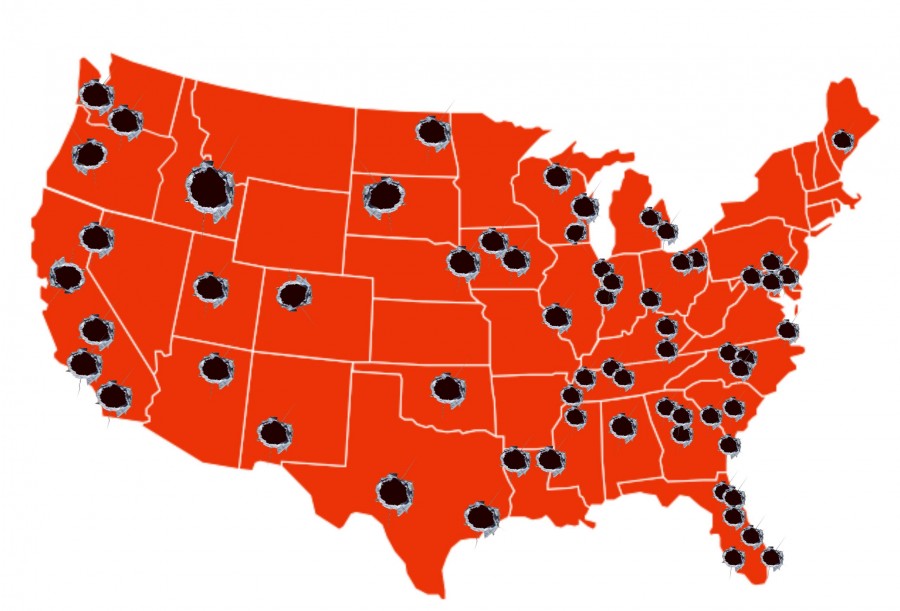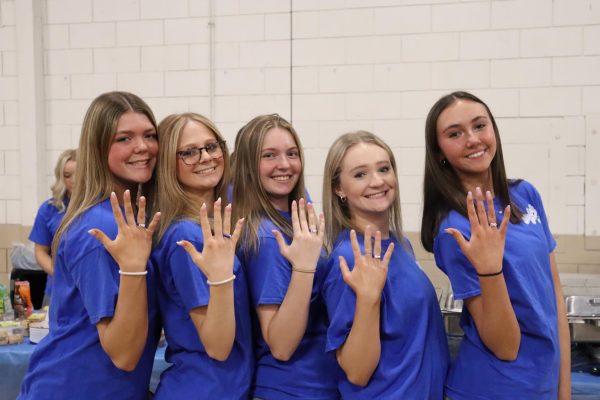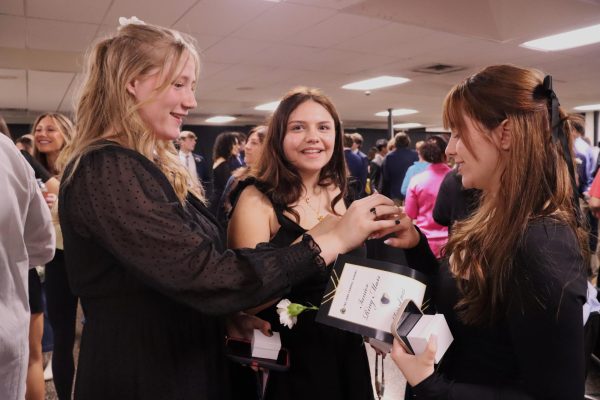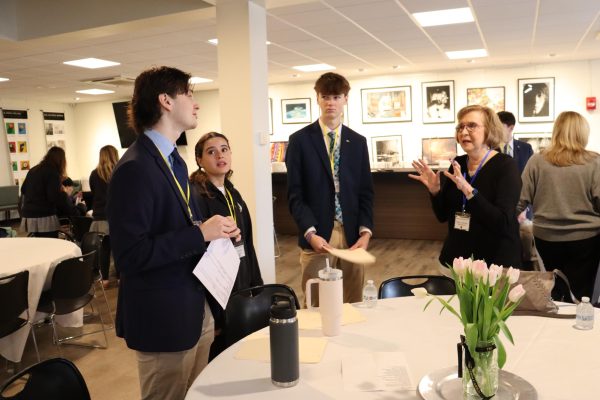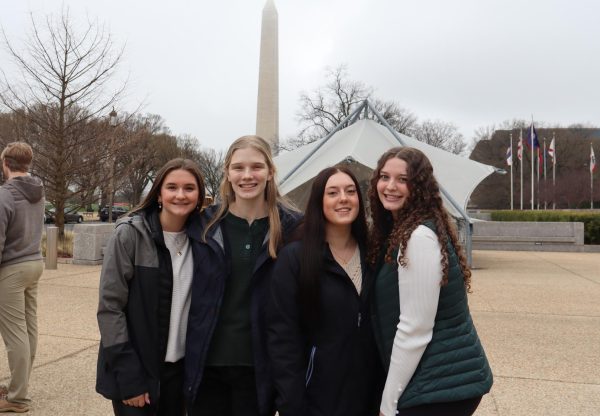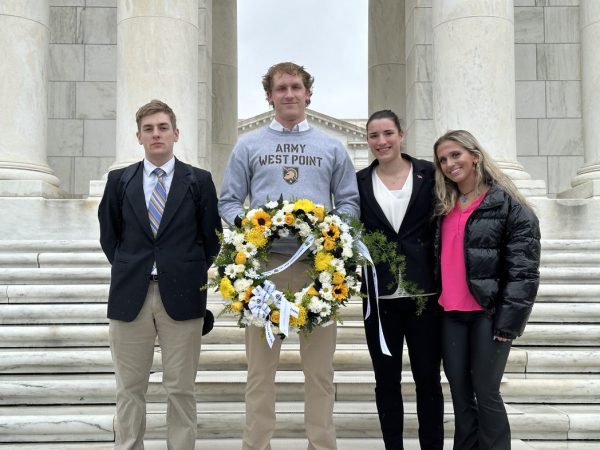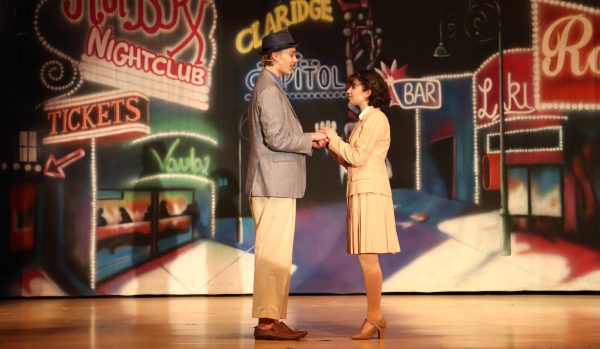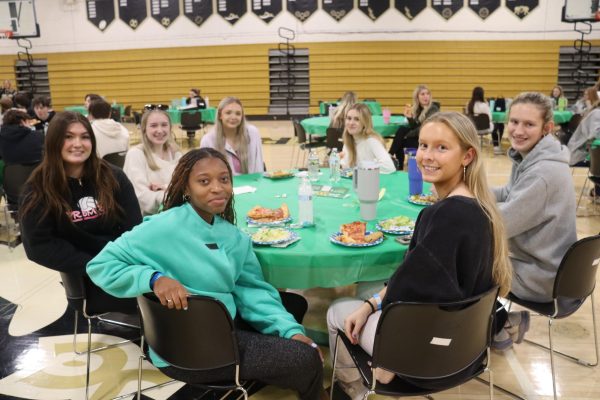Rise in school shootings affects school safety
According to Huffinington Post and CNN, there have been 74 school shootings at either a K-12 school or a college or university from Dec. 2012 to Jun. 2014. A school shooting is considered an event when a firearm is discharged inside a school or on school grounds, including assaults, homicides, suicides, and accidental shootings. Each incident is marked with a bullet hole on the map.
With at least 74 school shootings in two years, student safety has become a number one priority for schools and administrators.
According to Huffington Post and CNN, as of June 8, 2015 there have been at least 74 school shootings since the tragic incident at Sandy Hook Elementary School in Newtown, Connecticut in 2012. These 74 incidents have not only caused national shock and outrage, but have also resulted in 38 deaths total.
According to Business Insider, the number of school shootings each year is on the rise, with around 35 incidents in 2014, an increase from less than five incidents in 2005. President Barack Obama recently announced that during the school year there is, on average, one school shooting per week.
With statistics like these, how can JC prevent school shootings?
The term “school shooting,” at least in the context of this article, refers to any assaults, homicides, suicides or accidental shootings that took place on school grounds. This means that not all of the 74 school shootings since Sandy Hook have been mass school shootings. According to CNN, only 15 of the school shootings were incidents that mirrored the events at Sandy Hook, which resulted in 26 deaths.
According to Vice Principal of Student Affairs Brian Powell, the frequency of school shootings makes preparation and student safety a number one concern. “We practice lockdown drills, and we know that’s somewhat like ‘duck and cover during a nuclear attack,’ but it at least gives us a plan to mitigate the loss of life if [the threat] were to come to JC.”
JC has no official number of required lockdown drills a year, but the administration plans to have one lockdown drill a month this school year. In addition, administrators plan to practice more varied lockdown situations. “Really, it’s just common sense. We plan to continue to drill, but this will be the first year we will have a drill during a lunch mod,” Powell said.
According to the US Department of Education, some schools are advancing their emergency drills as a of the result of an increasing number of school shootings each year. The Department of Education even recommended that schools start to practice drills where teachers are allowed to make their own decisions on how to handle the threat, for example, by evacuating the building if there is a door in the classroom, or simulating gunfire during the drill.
Most students agree that practicing lockdowns is a good way to keep students safe. “[Lockdown drills are effective] because then you know what to do in case a person comes in with a gun,” freshman Skylar Bensel said.
However, school safety is not only reliant on preparation, but also relies on conversation between members of the school community. On Oct. 24, police officials from Spotsylvania County, Virginia announced that they had caught two teenagers planning to stage a mass shooting at Riverbend High School.
The two students planned to call in a bomb threat during the school day and shoot the students exiting the school during the evacuation procedure, but they were stopped when the school faculty and local police heard one of the students was issuing violent threats online. After an investigation, both students were arrested and no harm was caused.
According to Katherine Newman, co-author of “Rampage: The Social Roots of School Shootings,” another effective way to protect students is to prevent school shootings from happening in the first place through proactive student behavior. Students who see posts on social media with violent threats or hear violent comments from classmates should tell a teacher or administrator. If a school’s faculty is alerted ahead of time about a potential threat, they will be able to investigate and effectively eliminate the threat.
Communication between students and faculty effectively prevents school shootings instead of just preparing students to react to them, like lockdown drills, Newman says.
Regardless of all of the statistics and school shootings in the news, most students feel like they know what to do in most emergency situations and feel protected. “At JC, I feel really safe,” sophomore Paige Alban said.
Grace Mottley is a News Editor for the Patriot and jcpatriot.com.



